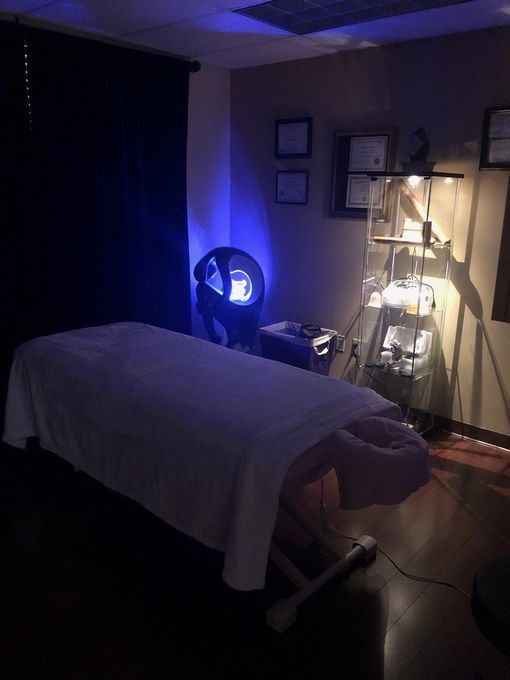SPOILER ALERT!
Trigger Point Massage - How To Avoid The Most Common Mistakes

Many people have heard of massage therapy, but many do not realize it's a specific type of therapy. Many tend to confuse massage with pedicure or manicure. But, there are significant differences between such therapy. In manicure and pedicure, the focus is more on removing the nail polish and making the cuticle easy - this doesn't really apply to massage. Trigger point massage is a much more targeted approach, focusing directly on releasing painful trigger points within the body, which may result in chronic pain and emotional stress.
Trigger point massage targets the tightest parts of the body (most often the lower back and neck), helping to enhance mobility, posture, and range of motion. While the majority of massage is not painful, some could be. If you are getting a massage in a professional facility, the masseuse can use massage oil or a lubricant in order to minimize the sensation that can come with some kinds of massage. Lying down is usually recommended so you don't risk triggering the knots that could lead to pain.
The term"trigger point" refers to the technical regions where massage therapy focuses its attention. There are in fact hundreds of those points across the body, but when the pain occurs, it's typically located in a specific area. Trigger points are usually hyper-sensitive, meaning that they are"on" over other regions in the body. Because of this, chronic pain from such spots may lead to discomfort in many locations. Trigger points can be activated by activities such as repetitive motion (running, jumping, etc..)
Trigger points can be quite tricky to target and treat, but with some simple self-massage techniques it is possible to improve circulation, decrease muscle knots, loosen knots, etc. For instance, when I do my weekly Swedish massage, I start with my hands and go up to my shoulders. I work my way down to my arms, working the muscles along my back. Then I bring myself back up to my throat and keep the massage from there.
Some therapists have been known to indicate stretching to the relief of pain, but if your muscles are tight, it will only worsen the situation. This is why it's important to begin at the source: together with the muscles. While a therapist may have the ability to target specific tender points, they generally do not know enough about your personal condition to efficiently target the regions for the best results.
Another frequent recommendation by massage therapists is to apply a cold compress to the trigger factors. Cold compress is actually very effective in reducing pain, but it doesn't always work. Cold compress only works because the blood vessels surrounding the hyper-sensitive areas become smaller. This results in decreased blood flow and decreased oxygen into the muscles, which then causes more pain.
If you're searching for trigger point therapy to help with chronic pain, or to alleviate the discomfort of injuries or sports injuries, look for a supplier who has experience handling injuries and sports injuries. Look also for providers who specialize in trigger point massage. You want somebody who is fully trained and knowledgeable in this treatment technique. A massage therapist who is just starting out may not have the experience you require.
Trigger points are almost everybody's worst nightmare, and almost everyone wants to avoid them as far as possible. Trigger points are knots, either shallow or deep, that form in muscles. There are lots of diverse knots, and each person develops a different sensitivity to pain. 광주출장안마 Trigger point massage is often recommended for the removal or reduction of these troublesome knots.
